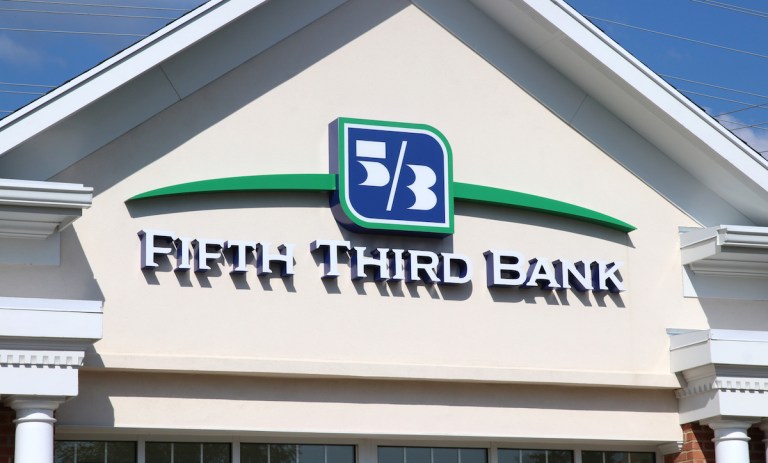
Fifth Third Bancorp continues to see positive results from its commercial payments operation.
The Ohio-based lender reported third-quarter earnings Friday (Oct. 18) showing revenues from that business up 10% year over year, with embedded payments solution Newline “adding industry leaders to its customer base,” as CEO Tim Spence said.
Overall income before taxes came to $734 million, down 14% year over year. The bank’s net interest income was $1.4 billion, a 1% drop since the same quarter in 2023.
Last month, Newline partnered with Trustly on payments via the Automated Clearing House (ACH) and Real-Time Payments (RTP) networks and Trustly’s pay-by-bank ecosystem. With Newline’s API platform, Trustly can transmit payments directly via Fifth Third.
Partnerships like this are part of a trend where payments are being woven into software and platforms.
“The embedded route has the potential to change — and indeed is changing — entire industries,” PYMNTS wrote. “That evolution is impacting even the digital-only players, who themselves need a bit of collaboration to simplify software and selling, and offering enterprises and even government entities the boon of payments acceptance from their own end customers, from retail to education.”
In other Fifth Third news, Adam Keck, senior vice president and director of Managed Service Solutions at Fifth Third Bank, told PYMNTS this week about the role of digital payments in the healthcare space.
Healthcare payables are weighed down by the costs of paper-based payments, and providers often spend more to send out those payments than the patient disbursements are worth.
“The cost to produce a paper check and mail it can range from $3 to $10 a check — and then there’s the labor, the postage and all the time that goes into the payment, along with the follow-up that has to be done,” he said. “It’s a very expensive endeavor … in the case of the refund you might be losing money as soon as the check goes out the door.”
Beyond that, as Keck said, most states mandate that if a payment is not deposited by that end user, there can be fines for healthcare providers and payers. Providers and insurers risk reputational damage if funds are not handled correctly.